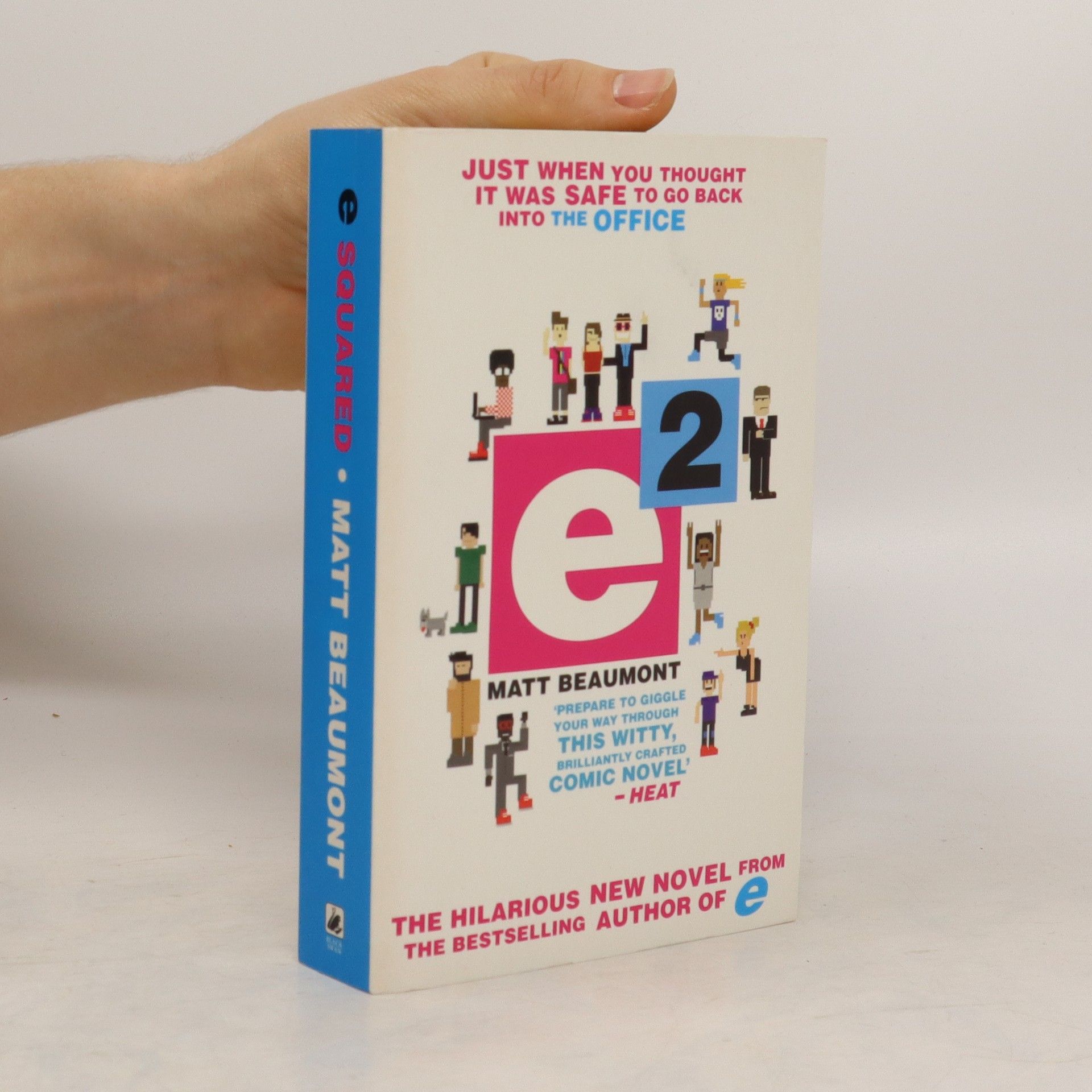Alvin ist ein Gutmensch. Er arbeitet mit verhaltensgestörten Teenagern. Doch Alvin gibt die Hoffnung nie auf. Rückhalt findet er bei seiner Frau, Karen, und den Kindern. Alvin lebt ein glückliches Leben. Bis eines Tages ein Mädchen, das er betreut auf die schiefe Bahn gerät. Alvin will ihr helfen. Doch Karen wittert eine Affäre und verlässt ihn. Bald ist Alvin nur noch von Teenies umgeben, deren Hauptsorge Klingeltöne und Computerspiele sind. Können sie ihm helfen, sein Leben wieder in den Griff zu bekommen?
Matt Beaumont Bücher

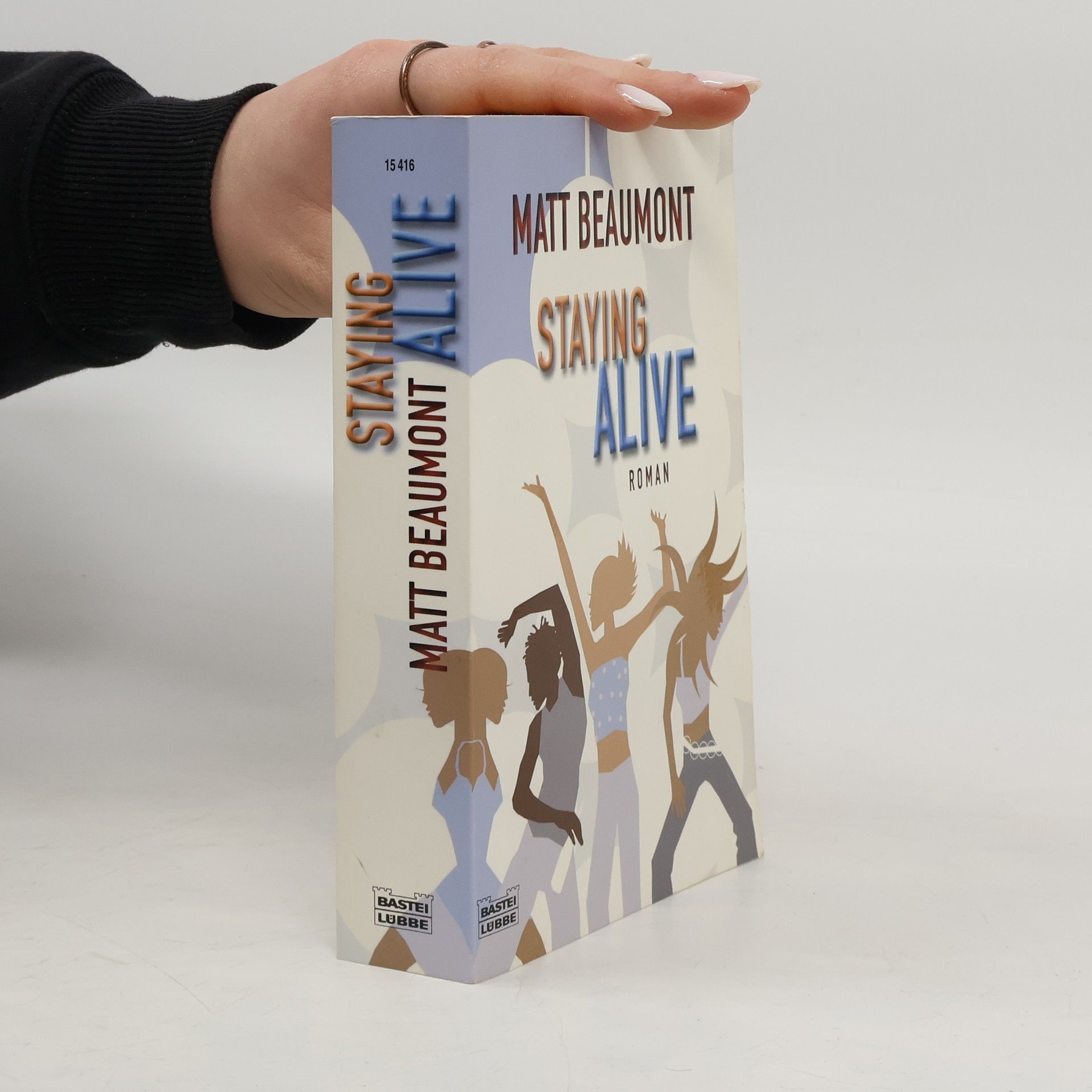
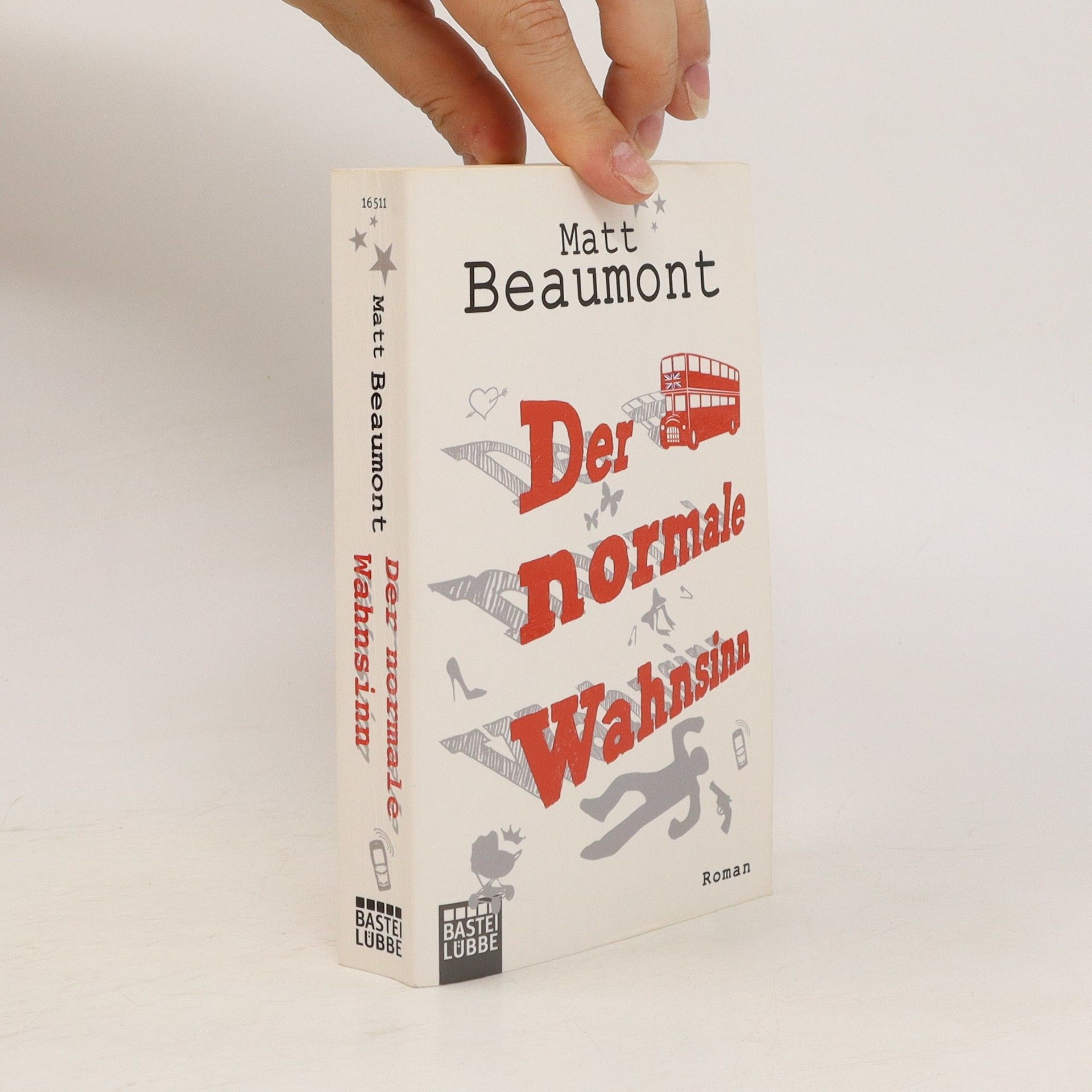
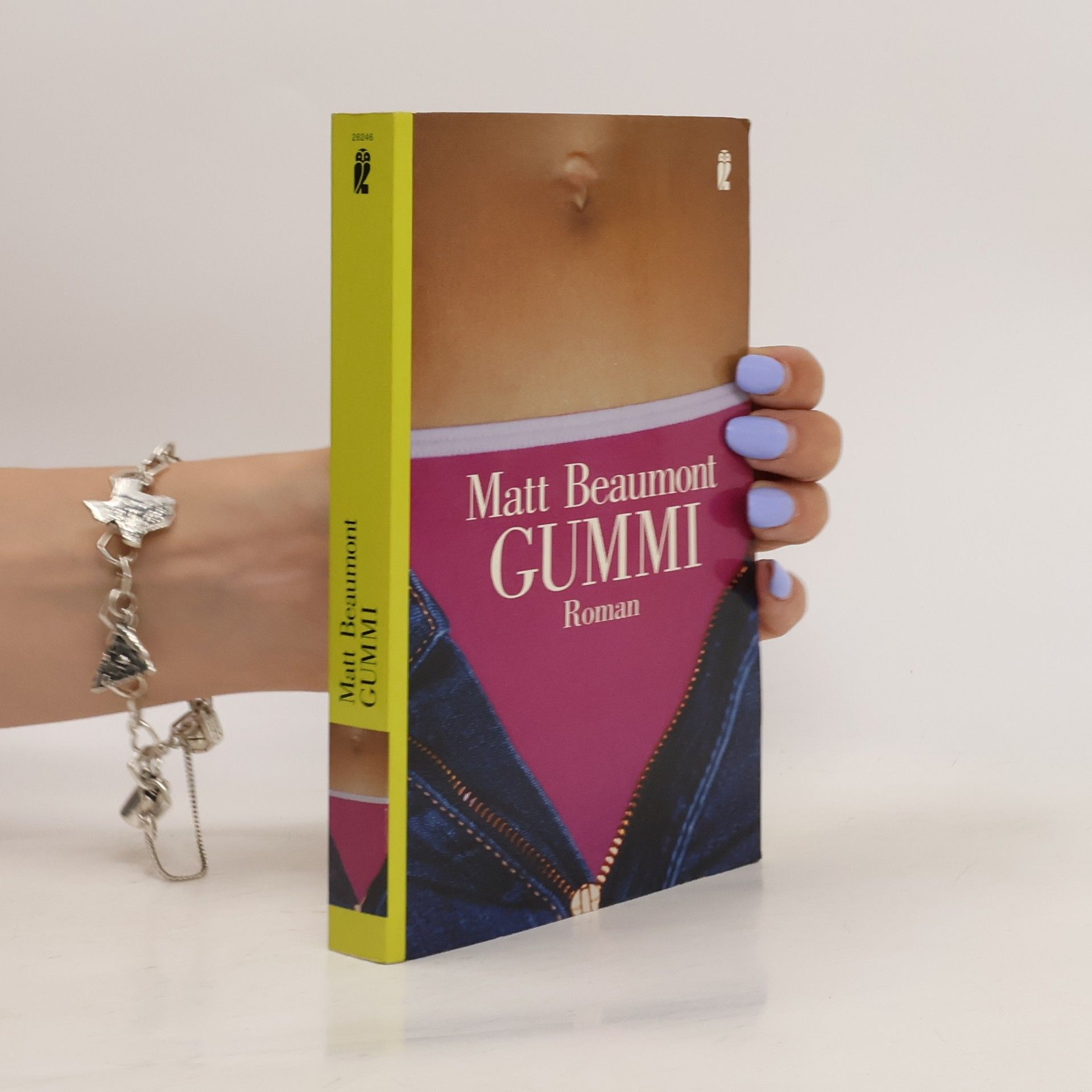

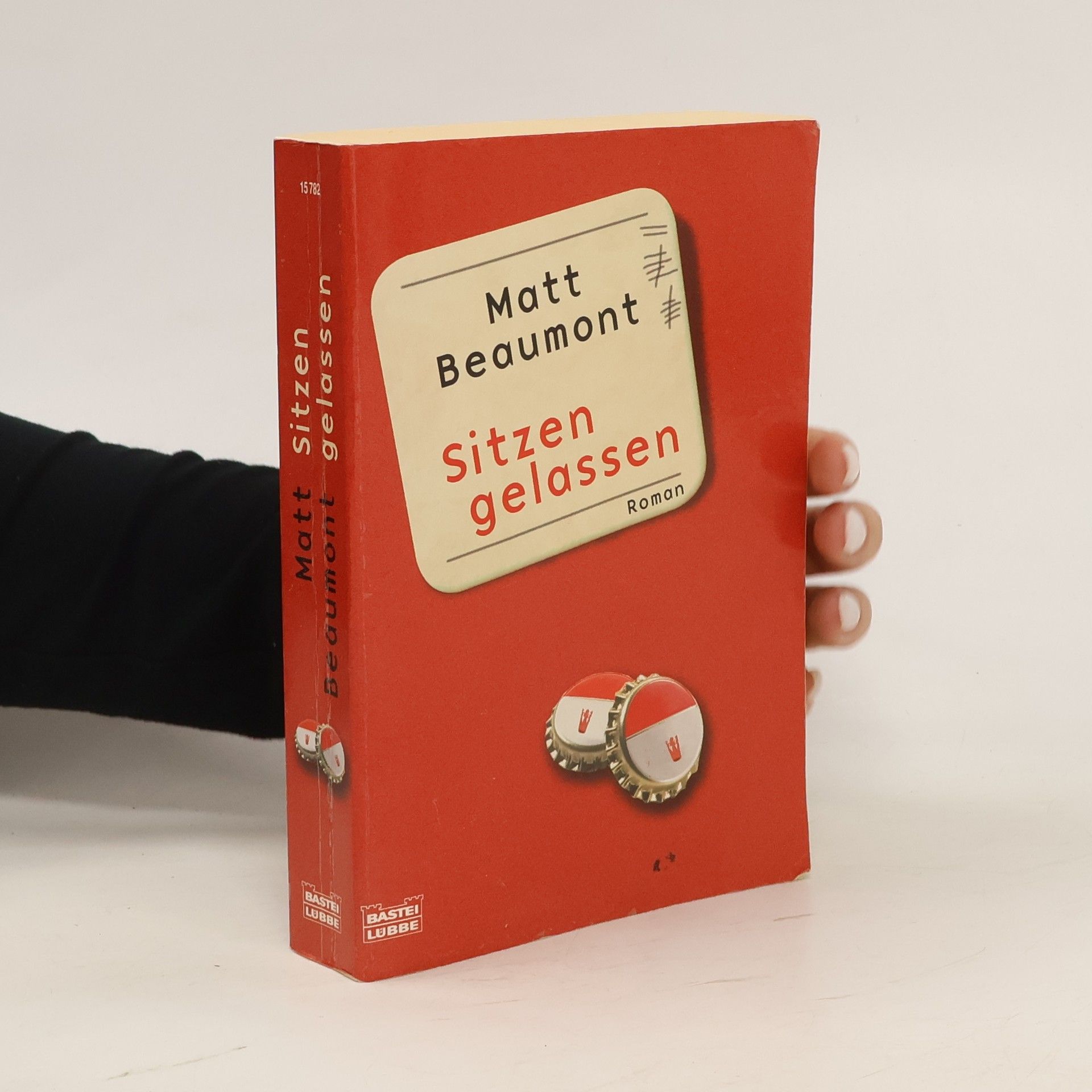
Die Londoner Werbeagentur Miller Shanks ist leider alles andere als ein kreatives Treibhaus. Ein Filmchen für einen Erotiksender, eine neue Kampagne für einen unzufriedenen Kunden, viel mehr haben die 'jungen Wilden' des Teams nicht vorzuweisen. Die Auftragsflaute kompensiert der Haufen selbstverliebter Egozentriker durch Intrigen, Machtspiele und kleine Gemeinheiten. Per E-Mail halten sich die verschiedenen Fraktionen und Parteien auf dem Laufenden oder stellen ihren Gegnern tückische Fallen. Als sich eines Tages die Chance ergibt, Coca-Cola als Auftraggeber zu gewinnen, bricht blindwütiger Aktivismus in alle Richtungen aus. Für diesen Job würden alle ihre Großmutter verkaufen. Jeder versucht, sich in den Vordergrund zu drängeln und die anderen auszuschalten. Egal, mit welchen Mitteln.
Für Greg Fuller ist Land unter: Seine Agentur soll einen sexy Werbespot für Autoreifen produzieren. Das ist zwar eigentlich keine große Herausforderung, aber wenn der Regisseur einen Kunstfilm drehen will und der Jungstar aus Hollywood wegen Drogenschmuggels verhaftet wird, kann man schon mal die Nerven verlieren?
Kate, Shioban und Ali sind Otto-Normal-Londoner. Kate ist eine Topmanagerin zwischen Kind und Karriere, Shioban gestresste Vollzeitmutter. Sie geht am liebsten in einem kleinen Geschenkartikelladen einkaufen. Der gehört Ali. Ali ist verheiratet und versucht verzweifelt Nachwuchs in die Welt setzen. Dabei sieht ihr regelmäßig ein Spanner zu. Die Lebenswege von Ali, Kate und Shioban kreuzen sich, als Alis Mann bei einem Unfall stirbt und Kates Mann unter Mordverdacht gerät. In den Nebenrollen: ein selbstgerechter Polizist, ein abgebrannter Komiker, ein untalentierter Stalker und ein Mörder.
Murray ist verrückt geworden: Er sagt auf Konferenzen, was er wirklich denkt. Er leiht sich Geld von einem Mann mit Pistole, und - was noch schlimmer ist - er tanzt. Zu schlechter Musik. Was alles sehr merkwürdig ist, denn Murray mag eigentlich keine Aufregung. Aber sein Arzt sagt, dass er nur noch wenige Monate zu leben hat. Und jetzt dreht er eben auf. Oder ab? Ein wunderbar abgedrehter Roman für alle Männer (und Frauen) mit Sinn für die kleinen und großen Krisen des Lebens.
The Walker
Die Stadt, die Moderne und ihre Fußgänger
Immer, wenn wir gehen, gehen wir irgendwohin. Vor allem, wenn wir nirgendwohin gehen. Wenn wir uns in der modernen Stadt bewegen, geht es nicht nur darum, von A nach B zu kommen, sondern darum, zu verstehen, wer und wo wir sind. In fesselnden intellektuellen Streifzügen zeichnet Matthew Beaumont Episoden aus der Geschichte des Fußgängers seit der Mitte des 19. Jahrhunderts nach. Von Dickens’ nächtlichen Spaziergängen bis hin zu rastlosen Wanderungen durch die gesichtslosen Monumente der heutigen neoliberalen Stadt ist das Gehen Selbstfindung und Selbstflucht, Verschwinden und heimliche Umkehr. Auf den Spuren literarischer Spaziergänger und Denker wie Edgar Allan Poe, André Breton, H. G. Wells, Virginia Woolf, Jean Rhys und Ray Bradbury erkundet Beaumont die Beziehung zwischen der Metropole und ihrem Fußgängerleben. Für Beaumont stellen sich dabei Fragen: Kann man sich in einer Menschenmenge verirren? Welche Folgen hat es, wenn man sein Smartphone auf der Straße benutzt? Was unterscheidet die nächtliche Metropole von der Stadt des Tageslichts? Was verbindet Gehen, Philosophie und den großen Zeh? Und können wir die Stadt – oder uns selbst – retten, indem wir uns auf den Bürgersteig begeben?
The Miller Shanks Christmas party is going to be the best and most impressive ever -- or at least, that's the plan. It certainly turns out to be unforgettable... Once again told entirely in a series of e-mails, the further adventures of the characters from e take them into the run-up to Christmas. Harriet's determined to make her first party as MD mega-memorable, but even her much-tested imagination can't predict what actually happens. Meanwhile, Pinki wants to change the world by introducing Real Women Barbies and Simon has resurfaced to write a novel -- which is rejected by a publishing director known to many of us...
Through his highly idiosyncratic readings of some of the finest paintings, sculptures, and poems of the French and Italian Renaissance, Walter Pater in Studies in the History of the Renaissance redefined the practice of criticism as an impressionistic, almost erotic exploration of the critic's aesthetic responses. Pater's infamous nullConclusion, null which forever linked him with the decadent movement, scandalized many with its insistence on making pleasure the sole motive of life, even as it charmed fellow aesthetes such as Oscar Wilde. This edition of Studies reproduces the text of the first edition of 1873. Matthew Beaumont's Introduction describes the cultural context that gave rise to the book, the reasons for its notoriety, Pater's philosophical outlook, and the arguments in his book. It explores Pater's work as an attempt to preserve the unique aesthetic of a work of art in the face of encroaching mass culture. The book also includes the later chapter on Giorgione as an Appendix, comprehensive notes that identify the many literary and artistic references, and a useful glossary of names. - Publisher
Out of the ashes of doomed ad agency Miller Shanks has risen Meerkat 360, a very 21st century workplace. Staff include David Crutton, an MD with the worst email signature in history; Milton Keane, a definitely-straight PA with a yearning for reality tv fa
Lev Shestov, a Jewish philosopher, offers a compelling anti-Enlightenment perspective that critiques reason's limitations and promotes an ethics of hope amidst despair. His thought has significantly influenced prominent figures like Georges Bataille, Albert Camus, and Gilles Deleuze. In the context of the twenty-first century, revisiting Shestov's ideas appears both timely and essential, as his philosophy resonates with contemporary existential inquiries and challenges.


